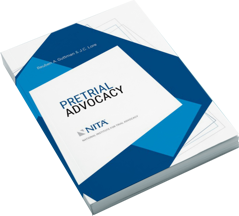Reuben Guttman wants us all to be concerned about what’s in our medicine cabinets. A Washington lawyer who specializes in prosecuting pharmaceutical fraud, Guttman has gone after Pfizer, Abbott, GlaxoSmithKline, and several other top drug makers — and he usually wins big, recouping billions of dollars for federal and state governments.
We invite you to read the full interview with Mr. Guttman conducted by By Karen Weintraub of StatNews.com
